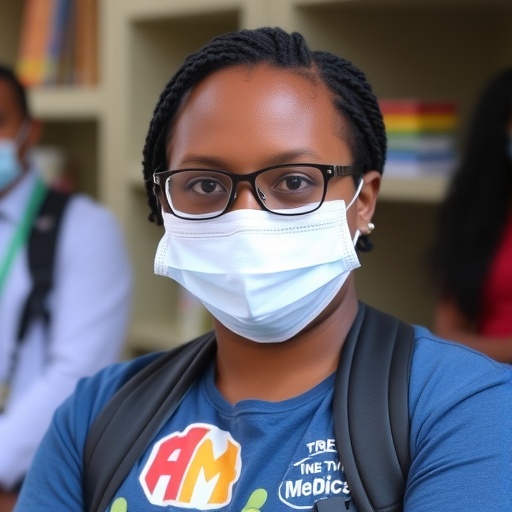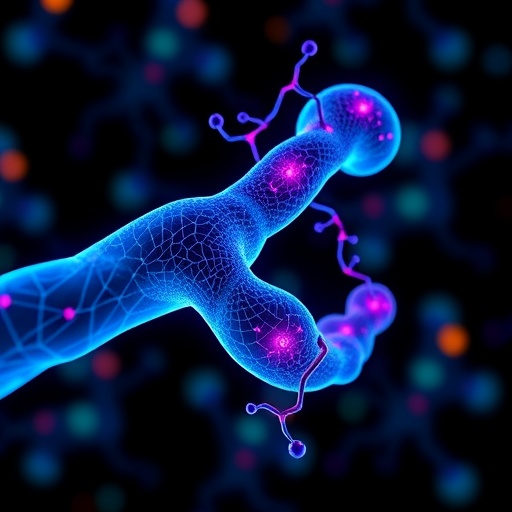MINNEAPOLIS, MN- July 15, 2019 – Cryptococcus neoformans is a fungal pathogen that infects people with weakened immune systems, particularly those with advanced HIV/AIDS. New University of Minnesota Medical Research could mean a better understanding of this infection and potentially better treatments for patients.
In “Identification of Pathogen Genomic Differences That Impact Human Immune Response and Disease during Cryptococcus neoformans Infection” published in the journal MBio by American Society for Microbiology, Kirsten Nielsen, PhD, Professor, Department of Microbiology and Immunology, University of Minnesota, Medical School and colleagues were the first to examine how Cryptococcus genes impact the disease using human data.
After her last study, which found that the pathogen was driving the outcome of the Cryptococcus infection, Nielsen went on to examine the underlying genetic differences in her current study.
“We looked at differences in disease between patients – whether the patient lived or died, how the patient’s immune system responded to the infection, and whether the antifungal drug treatment worked well – and we asked ‘How do genetic differences in the Cryptococcus strains impact the disease variables?'” explained Nielsen.
The study found that there are 40 genes that are crucial to the ability of Cryptococcus to change the outcome of human disease, which have never before been identified as important. These genes give researchers a new set of information that they’ve never had before.
“We can take this new information generated using the human data and show how the genes work in other models,” said Nielsen. “When we deleted the genes, it changed the ability of Cryptococcus to cause disease in a model system, so we know that they are important in disease.”
Nielsen and her colleagues hope that identifying which versions of genes are important for patient survival will ultimately lead to better treatment of patients.
“We hope that this will have clinical benefits in the future. If we can figure out why certain strains are more deadly, and identify which patients have those strains, we can treat them differently. This will hopefully decrease reliance on toxic antifungals,” said Katrina Jackson, a Graduate Student in the University of Minnesota Medical School, who was involved in the project.
###
About the University of Minnesota Medical School
The University of Minnesota Medical School is at the forefront of learning and discovery, transforming medical care and educating the next generation of physicians. Our graduates and faculty produce high-impact biomedical research and advance the practice of medicine. Visit med.umn.edu to learn how the University of Minnesota is innovating all aspects of medicine.
Media Contact
Krystle Barbour
[email protected]




